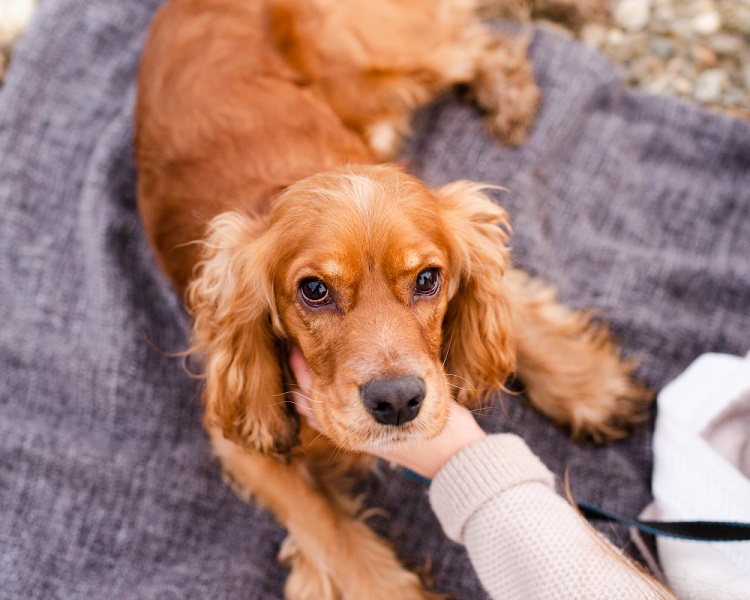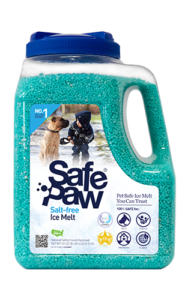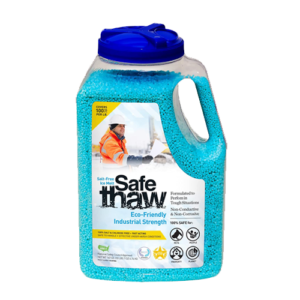5 Pro Trainer Secrets That Instantly Turn a ‘Stubborn’ Puppy Into a Listener

You brought home the cutest, fluffiest bundle of joy imaginable. You have the perfect leash, the orthopedic bed, and a heart full of love. But when you try to get them to “Sit,” you get a blank stare. When you call their name, they run the other way.
You’re not alone. Every single puppy parent eventually hits that wall and thinks, “Is my dog just stubborn, or am I doing something wrong?”
The moment here is realizing that your puppy isn’t being stubborn; they’re being dogs. They aren’t fluent in human yet, and they prioritize high-value rewards (like chasing leaves) over low-value ones (like your dry, boring praise). The good news? Professional trainers don’t have magic whistles; they have five simple, science-backed secrets that shift your puppy’s focus from the chaotic world outside to you.
Ready to ditch the frustration and instantly become the most fascinating person in your puppy’s world? Let’s dive in.
1. Ditch the “Bribe” and Master the “Lure”
The difference between a bribe and a lure is timing. A bribe is showing the treat after the command fails. Alure is using the treat to guide the dog’s body into the correct position before the command is given.
- The Secret: Use a high-value treat to physically guide your puppy’s nose over their back to perform a Sit. As their rear touches the ground, you simultaneously say the word, and then immediately reward them.
- The Goal: The treat is the roadmap, not the payment for listening. This builds the neurological connection: Action (Sit) = Word (Sit) = Reward.
Behavioral studies confirm that using a food lure to elicit a desired behavior, immediately followed by the verbal cue and reward, dramatically increases the speed of classical conditioning in puppies.
2. Embrace the “Triple Jackpot” System
Your puppy lives for motivation. Generic praise is fine, but when they nail a tough task (like coming when called in a distracting park), they need a prize worthy of their effort.
- The Secret: When your puppy does something truly excellent, don’t just give one treat. Give three or four in rapid succession—the Triple Jackpot. Follow that with a quick, high-pitched “YES!” and a favorite toy.
- The Impact: This teaches them that listening in a high-distraction environment yields a disproportionately massive reward, instantly raising the perceived value of the “Come” command far above a passing squirrel.
Pet-Friendly Ice Melt

Pet Safe Ice Melt – Safe Paw
The Original and the #1 Pet and Child Safe Ice Melt for over 20 years. Guaranteed environmentally safe – will not harm waterways and sensitive wetlands.
3. Stop Saying Your Puppy’s Name So Much
This is the relatable moment for most owners. We use our puppy’s name constantly: “Buddy, stay! Buddy, look! Buddy, no! Good Buddy!”
- The Problem: The name becomes meaningless noise—or worse, a predictor of something negative (“Buddy, stop chewing that!”). Your puppy learns to filter it out.
- The Secret: Your puppy’s name should be a positive, attention-seeking command only. Use it only when you want them to stop what they are doing and look at you. Immediately reward them when they make eye contact.
- The Goal: The name means, “I need your attention, and I’m about to give you something amazing.” It becomes a reliable, high-value interrupt.
4. Practice “Premack Principle” Leash Work
Is your puppy pulling on the leash? The Premack Principle is a powerful tool: use a high-probability behavior to reinforce a low-probability behavior.
- The Low-Probability Behavior: Walking nicely by your side (boring!).
- The High-Probability Behavior: Getting to sniff a tree (fun!).
- The Secret: When your puppy pulls, stop instantly and wait for the slack to return to the leash. When they stop pulling and create slack, take two steps, and then immediately reward them by saying “Free!” and letting them dive into the nearest grassy patch for a sniff break. You use the fun activity as the reward for the boring activity.
Modern applied behavior analysis confirms that utilizing environmental motivators, such as access to desired activities (sniffing, running), is a highly effective, non-aversive method for reinforcing leash-walking compliance.
5. Prioritize the “Brain Burn” Over the “Body Burn”
A “stubborn” puppy is often just a bored puppy. Fifteen minutes of mental work can be more exhausting than an hour of running around the backyard.
- The Secret: Focus on duration and distraction. Instead of ten quick “Sits,” work on three long Down-Stays with distractions (you walking away, a toy dropping). This trains impulse control and focus, the opposite of “stubbornness.”
- The Impact: When your puppy has worked their brain, they are naturally calmer, more willing to listen, and less likely to engage in destructive behaviors later.
Conclusion: You Are the Solution
The shift from having a “stubborn” puppy to a “listener” isn’t about dominance or force; it’s about making yourself the source of all value and understanding the simple science of motivation. Your puppy isn’t resisting you; they’re just weighing their options.
By consistently applying the Triple Jackpot, making their name sacred, and using the right rewards, you instantly become their most reliable, most fascinating, and most valuable resource. Don’t call them stubborn—call them a challenge waiting for your expert, positive solution.
FAQs
Other Ice Melt Products
Walk On Ice
Prevent slips at home, work or on the go, The handy disposable canister can be taken everywhere, with the same 100% naturally occurring minerals that provide instant traction on ice or snow.

Safe Thaw
Imagine an ice melt you can put down and never worry about. It won’t harm pets, kids and your property. That’s Safe Thaw. Unlike anything else on the market, Safe Thaw can change how winter affects our planet.


